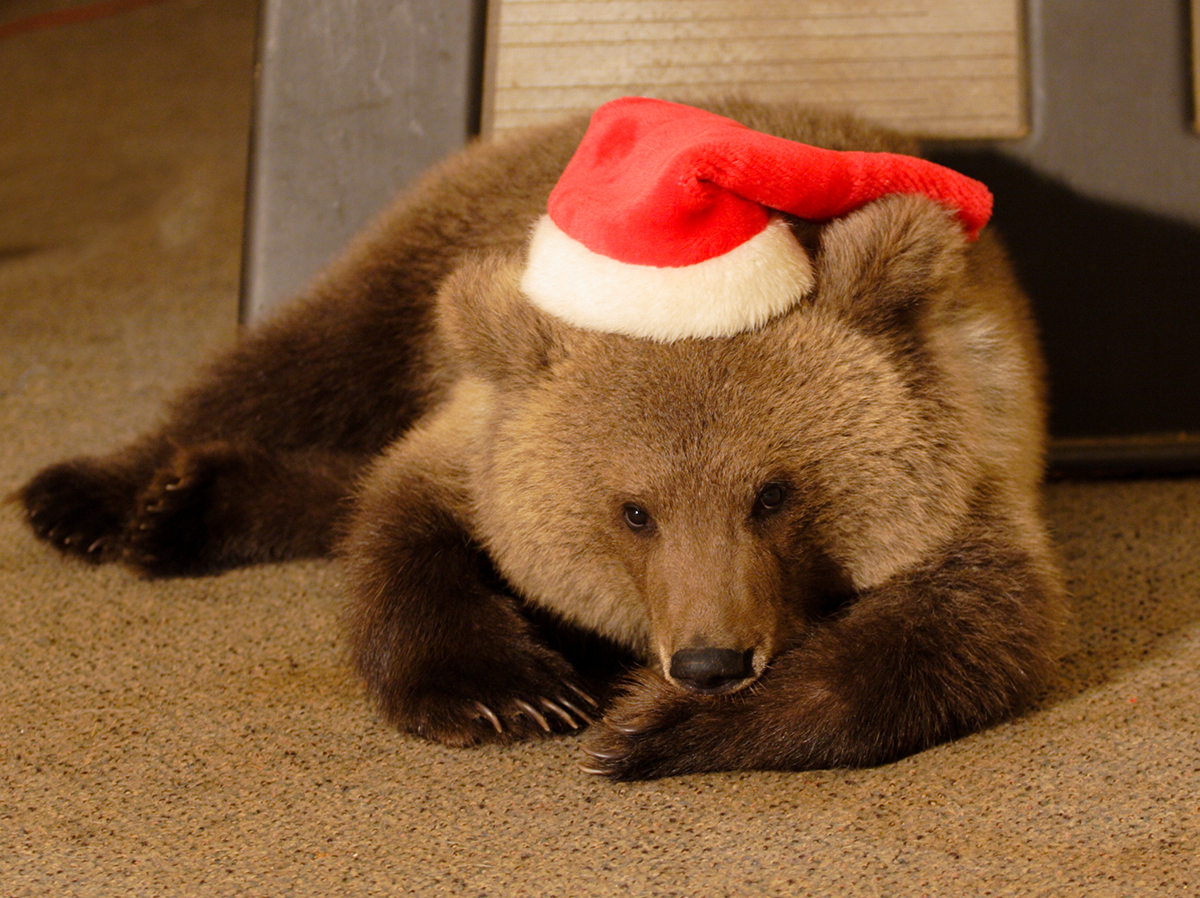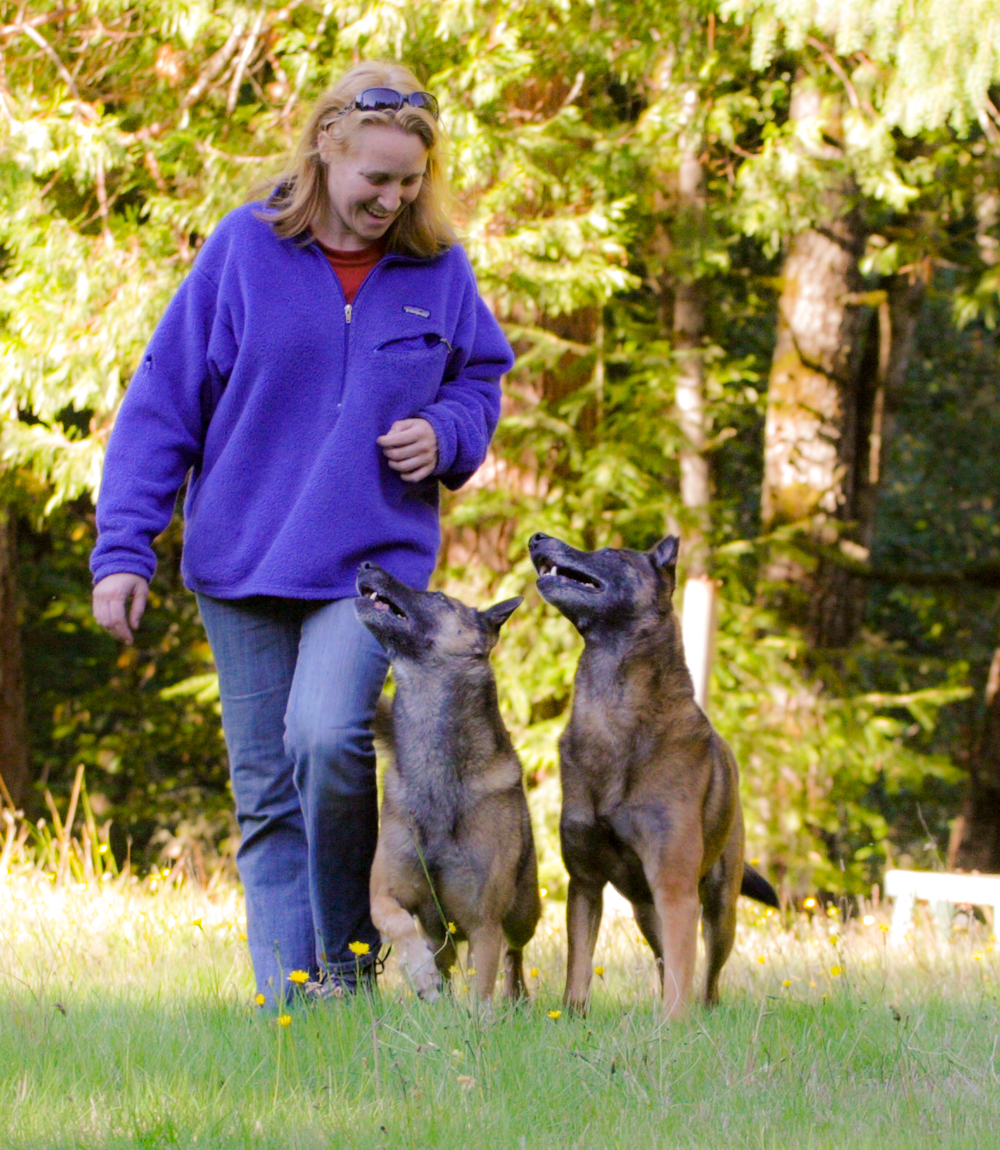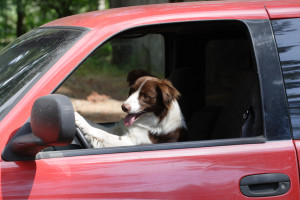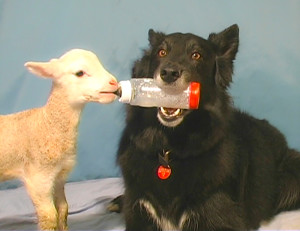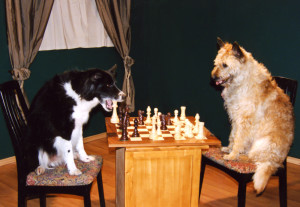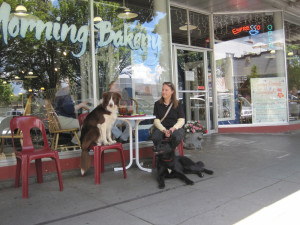Great animal training requires substantial knowledge and mechanical proficiency. But perhaps even more, great training requires artistry.
Recent decades have been a golden era for the science of animal training. Our understanding of behavior has grown and evolved, our techniques for utilizing that knowledge have advanced, and core principles have become widely understood by a great many trainers. Hallelujah!
But knowing, and mastering, techniques is only the first half of becoming a good trainer. I have known several trainers who possessed extensive book knowledge but whose training outcomes were dismal. And I have observed others who had very little knowledge but who achieved incredible results. Why?
For teaching almost any behavior, numerous techniques can be utilized; and the well-versed trainer knows many. But selecting the right technique for an individual animal at a particular moment demands acute perception and judgement: when to push; when to ease pressure; when to encourage, to coddle, to take a break; when to reward with food or toy or praise or play; when to correct, to lure, to raise or lower criteria; when to cheerily accept effort, to add energy, to be calm; when to wait, to rest the dog for more energy or exercise them for less; when to capture or back-chain; when and how to proof; when more training is needed, or less …. .
For some trainers, this feel – this ability to read an animal and a situation and respond with just the right tool – comes easily. For others it seems almost impossible. As with so many talents, there is an innate component, but there is one process that can maximize whatever talent a person may possess as a trainer: mindful experience.
Not to be confused with mere repetition (some people can “train” for thousands of hours without really hearing or learning), the single most powerful means to develop training artistry is to carefully, critically, thoughtfully observe and listen as one trains. During each moment you are training, your dog is reacting, responding, showing you what is working and what is not. You must listen. Science and technique must be so honed that they require little attention and recede into the background as you focus everything on feeling your dog. You must attune yourself to the dog’s reactions, not only the obvious changes in behavior, but the tiniest and most-subtle changes in body language – eyes, ears, tail, energy, enthusiasm, engagement.
You must constantly adjust and file away each moment as information that will help you to develop and refine your training intuition. Videotaping yourself can be useful, as can asking other trainers to observe and critique your sessions. But ultimately you must listen to your partner and refine your partnership so that you instantly and seamlessly accommodate your partner’s needs at each moment.
This is not to disparage science. By all means read and study and listen and learn everything you can. It will all help you improve. And absolutely spend many, many hours learning and practicing various techniques. But ultimately the training excellence you achieve depends upon how willing and able you are to listen to the animals with whom you practice.
